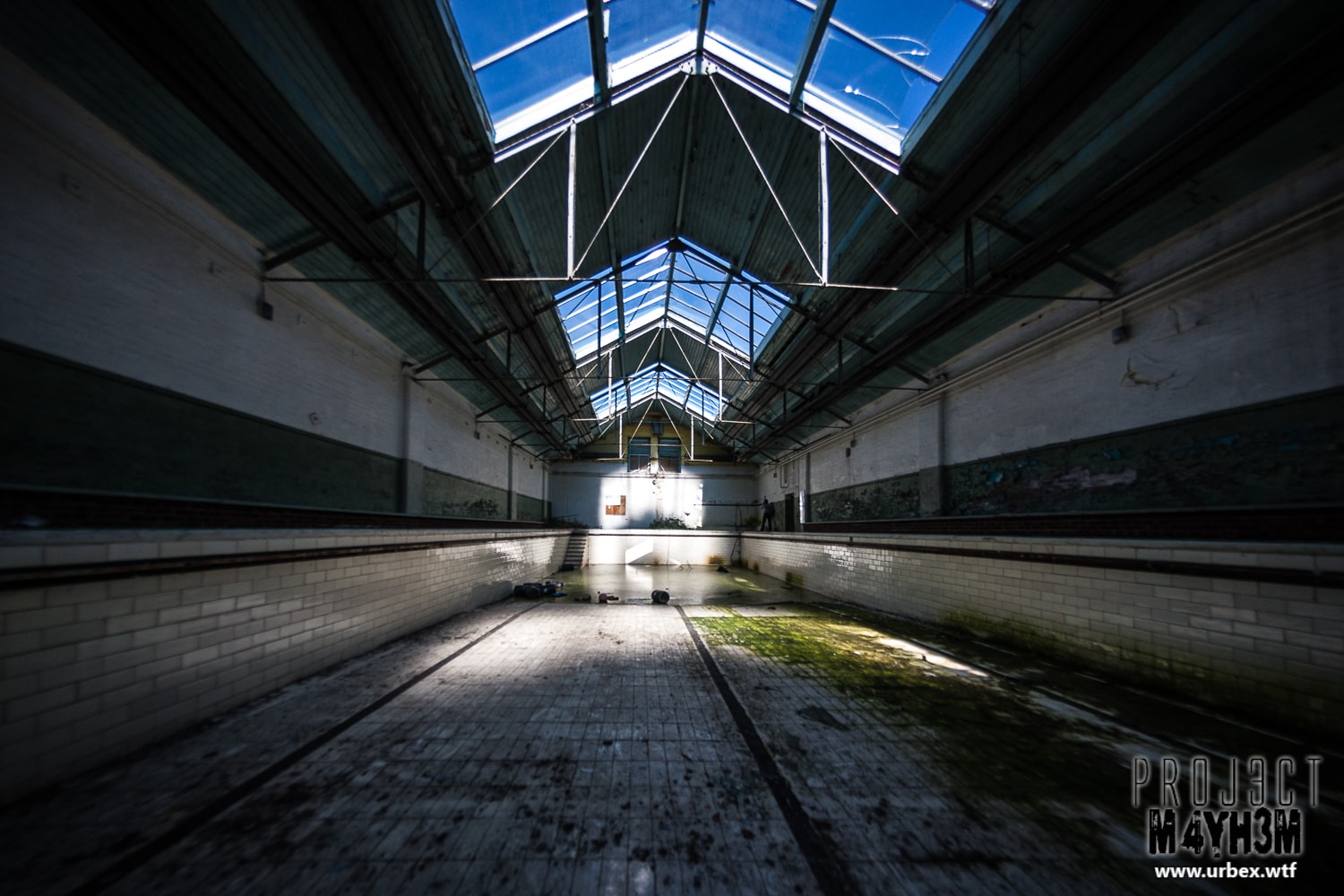
I know this place has gone downhill a lot since these photos were taken back in 2008. The dentist room was wrecked the roof over the pool as far as I’m aware has partially collapsed and is now sheeted and I’ve heard rumours that development has or is about to start back up again? Either way, I’m glad I got to explore this place while I could, and it was definitely one of the creepiest places I’ve explored in terms of strange noises and goosebumps etc.
I visit a total of 3 times over the space of about 2 months back in 2008 to get these photos. With this being a relatively local location it was easy to do a few revisits while we could.
The first visit was only a quick flying visit before we explored a nearby abandoned bank (Photos of the vault to follow). We were only there about an hour or so but we were shown to the Swimming pool by our tour guide which is well hidden away within the square complex, the entrance to the corridor leading to it now obscured by overgrowing trees. As soon as I stepped into the room which houses the pool I was instantly inspired and couldn’t put down the camera. There is so much to photograph here even just within the one room, lots of details, textures and colours which I paid more attention to in my subsequent visits. Every time I’ve been to this place I’ve found it to be well secured and occasionally patrolled by security or local occupants of the nearby houses and farm. Stealth is a must for getting in but once inside its quite isolated and enclosed so you have plenty of time to wander around.
As with most explores tales of ghosts and the buildings being haunted are commonplace. I don’t really buy into any of that but I will say there are a lot of strange noises to be heard within this complex, doors often bang through wind tunnels created by the design of the buildings and interlinking corridors. There is definitely an eerie feel to the place and its one of those explores where you know the history of this place contains a few untold stories.
Subsequent visits were plentiful to capture more detail shots and I had the pleasure of exploring this place with lots of different people which is always good to see other peoples perspectives of the place.
The History of Eastmoor School for Juvenile Offenders
The complex first opened in 1857 as the Leeds Reformatory for Boys.Up to the mid-C19, children who committed crimes were commonly sent to adult prisons as there was no separate provision. Philanthropic Societies and private founders set up some voluntary reformatories for young people in the early C19, but it was not until the Youthful Offenders Acts of 1854 that state registered institutions were established and pre-existing private reformatories were brought under state certification. Reformatories were distinguished from Industrial Schools by taking young people who had actually committed offences, as opposed to those who were merely destitute or neglected and in danger of falling into crime. By the end of 1857 there were 47 reformatory schools in England. Most of these occupied domestic buildings such as a farmhouse with land, or a detached house and garden. At least 14 were in new premises and four are known to have been built on a quadrangular plan. By 1876 the number of schools had risen to 53, but fell to 41 by 1894. The system was superseded by the Borstal system in the early C20 and many reformatories later became approved schools.
The Adel Reformatory was founded in 1857 by the Leeds Society for the Reformation of Juvenile Offenders, on a site deliberately chosen to be removed from the temptations of the city. William Watson Hewitson of Kitson and Hewitson, locomotive builders and general engineers, was one of the founding members and also the designer of the earliest part of the building, the south-west range. There were around 50 boys at the school in 1858. The south-east range and headmaster’s house was added in 1860, when the attic floor of the initial range was converted to dormitories. The workshops of the north-east range, built by the boys in 1859, were rebuilt in 1881 after a fire, and a separate chapel to the south was added in 1882, designed by an unknown architect but apparently designed to function also as a lecture room and subsequently as a gym. Surrounding land within the grounds was cultivated for crops and garden produce. The land was bought by Leeds City Council for £3,500 in 1875, having been leased to the Society by the (unknown) owner previously.
The swimming pool beyond the north-west range was added in c.1887 and roofed in 1896. A boiler room between the north-west range and the pool was inserted in 1899 to heat the pool. It was used by community groups as well as inmates, and swimming and life-saving were taught. A report of the school from 1887 records 150 boys engaged in occupations including joinery, tailoring, shoemaking, farm work, calligraphy, building trades, cooking and blacksmithing. Many of the boys went on to join the Grimsby fishing fleet for which their swimming training was considered useful.
A group of buildings within the central courtyard, extant in 1893, was demolished by 1908, and an extension to the rear of the master’s house dates to between 1934 and 1954. There has been some infill between the main buildings and the adjacent swimming pool since the 1960s.
The buildings continued in use as an approved school named Eastmoor School from 1933 and then a community home from 1972 until the mid 1990s. A number of separate houses were constructed around the core site from the 1950s onwards, but there has been little change to the C19 buildings externally. The site was leased to Leeds Metropolitan University from the late 1990s when the surrounding houses were used for student accommodation and in 1993 a secure unit for young offenders was built on part of the site, formerly open land also owned by Leeds City Council. It has been unused since c.2004 and has been marketed for housing development.
On with the photos:
- The Leeds Reformatory for Boys aka Eastmoor Approved School – The Pool
- The Leeds Reformatory for Boys aka Eastmoor Approved School – The Pool
- The Leeds Reformatory for Boys aka Eastmoor Approved School – The Pool
- The Leeds Reformatory for Boys aka Eastmoor Approved School – The Pool
- The Leeds Reformatory for Boys aka Eastmoor Approved School – The Pool
- The Leeds Reformatory for Boys aka Eastmoor Approved School – The Pump Room
- The Leeds Reformatory for Boys aka Eastmoor Approved School – Weights Room
- The Leeds Reformatory for Boys aka Eastmoor Approved School – Courtyard
- The Leeds Reformatory for Boys aka Eastmoor Approved School – I want to die
- The Leeds Reformatory for Boys aka Eastmoor Approved School – The bleeding wall
- The Leeds Reformatory for Boys aka Eastmoor Approved School – Corridor
- The Leeds Reformatory for Boys aka Eastmoor Approved School
- The Leeds Reformatory for Boys aka Eastmoor Approved School
- The Leeds Reformatory for Boys aka Eastmoor Approved School
- The Leeds Reformatory for Boys aka Eastmoor Approved School
- The Leeds Reformatory for Boys aka Eastmoor Approved School
- The Leeds Reformatory for Boys aka Eastmoor Approved School
- The Leeds Reformatory for Boys aka Eastmoor Approved School – Showers
- The Leeds Reformatory for Boys aka Eastmoor Approved School – The Pool
- The Leeds Reformatory for Boys aka Eastmoor Approved School – The Pool
- The Leeds Reformatory for Boys aka Eastmoor Approved School – The Dentist Chair
- The Leeds Reformatory for Boys aka Eastmoor Approved School – Anaesthetic
- The Leeds Reformatory for Boys aka Eastmoor Approved School – The Dentist Chair
- The Leeds Reformatory for Boys aka Eastmoor Approved School
- The Leeds Reformatory for Boys aka Eastmoor Approved School
- The Leeds Reformatory for Boys aka Eastmoor Approved School
- The Leeds Reformatory for Boys aka Eastmoor Approved School
- The Leeds Reformatory for Boys aka Eastmoor Approved School
- The Leeds Reformatory for Boys aka Eastmoor Approved School – I am a fan of Urbex
- The Leeds Reformatory for Boys aka Eastmoor Approved School – The Pool
- The Leeds Reformatory for Boys aka Eastmoor Approved School – The Pool
- The Leeds Reformatory for Boys aka Eastmoor Approved School – The Pool
- The Leeds Reformatory for Boys aka Eastmoor Approved School – The Pool
- The Leeds Reformatory for Boys aka Eastmoor Approved School
If you’ve made it this far… thanks for reading / checking out the pictures. Leave me a comment below or hit the like button to let me know you’ve enjoyed the shots and to encourage me to keep posting more 🙂
Limited Edition prints and Canvases, as well as regular prints, are available for all of the images above on request and visit the store for more prints and products.
Follow us on Social Media:


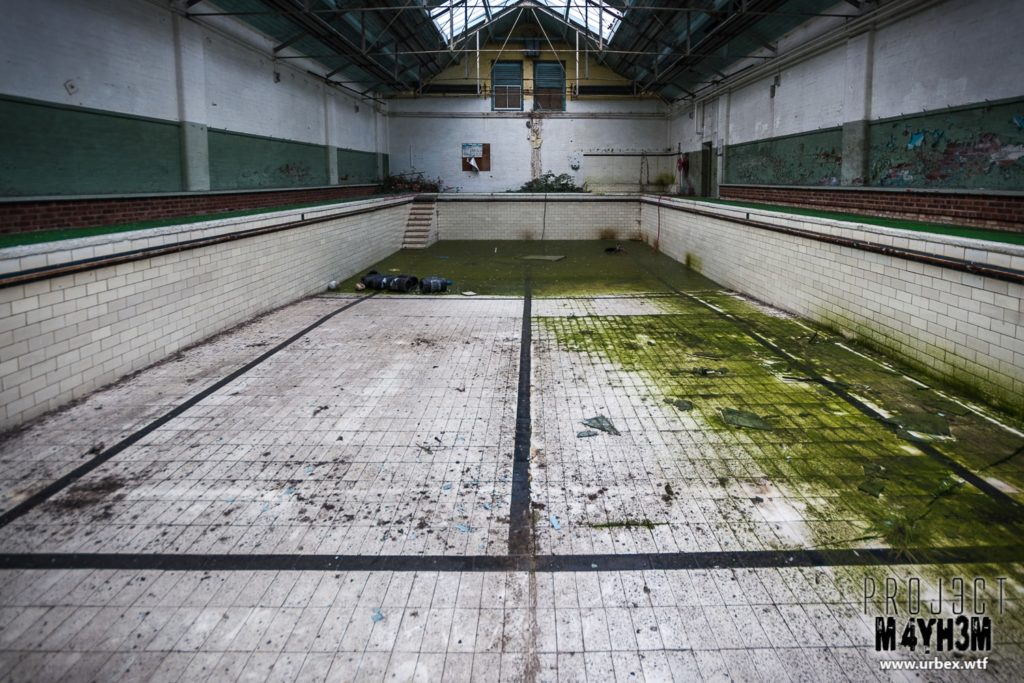




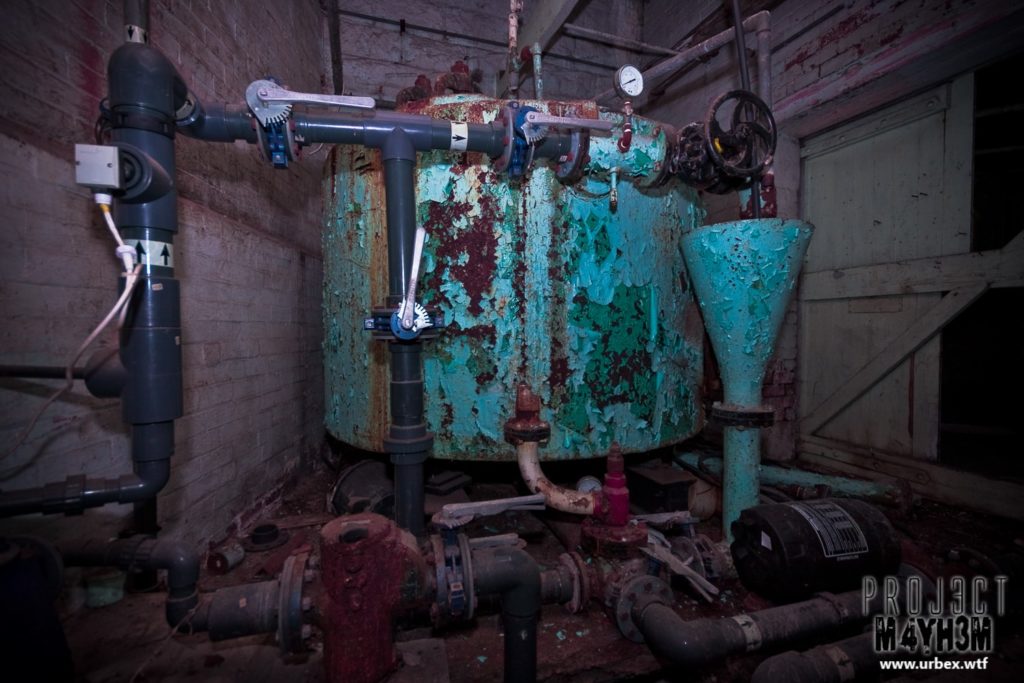
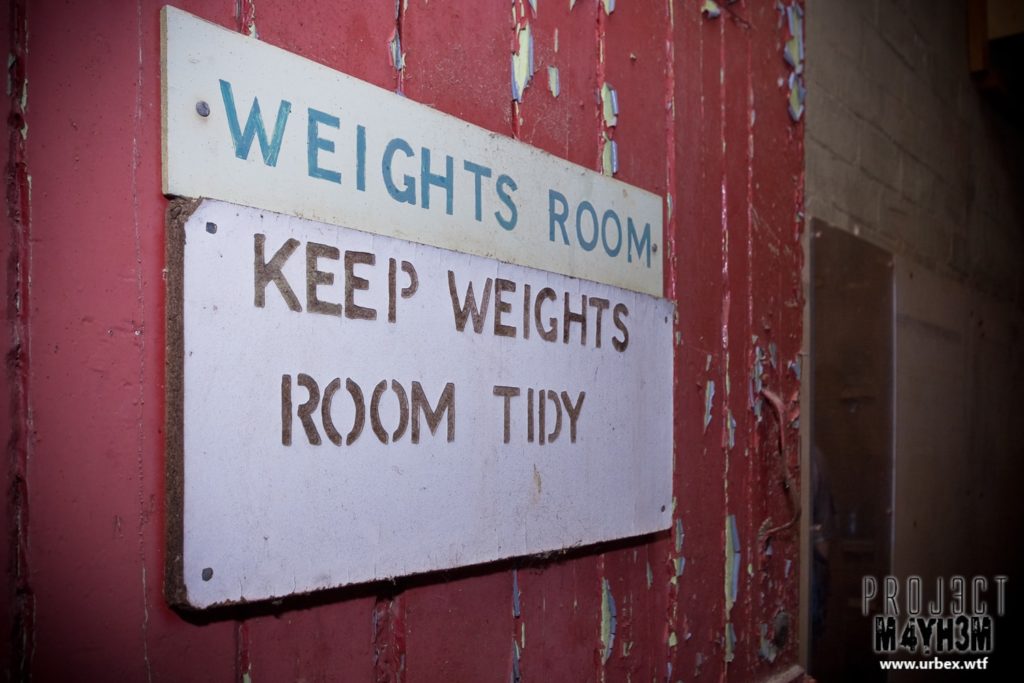

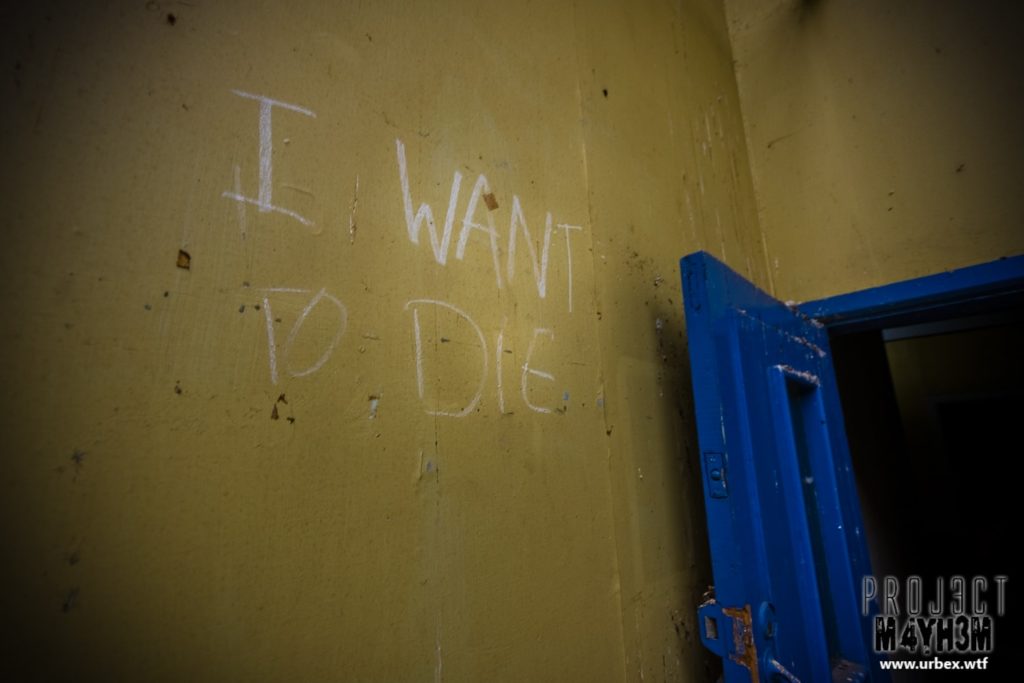







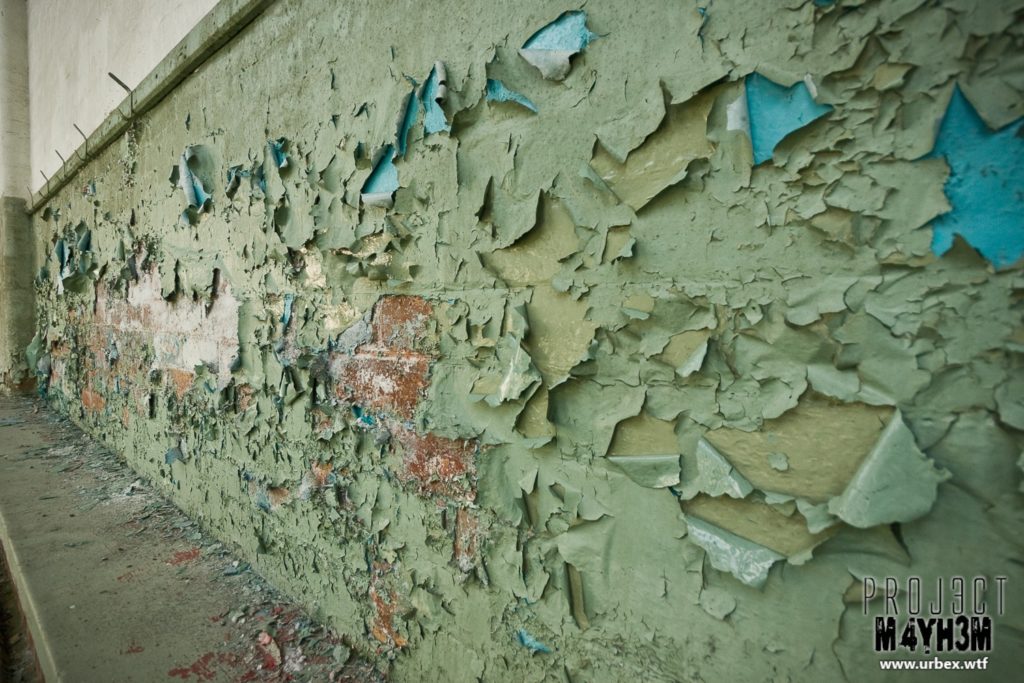



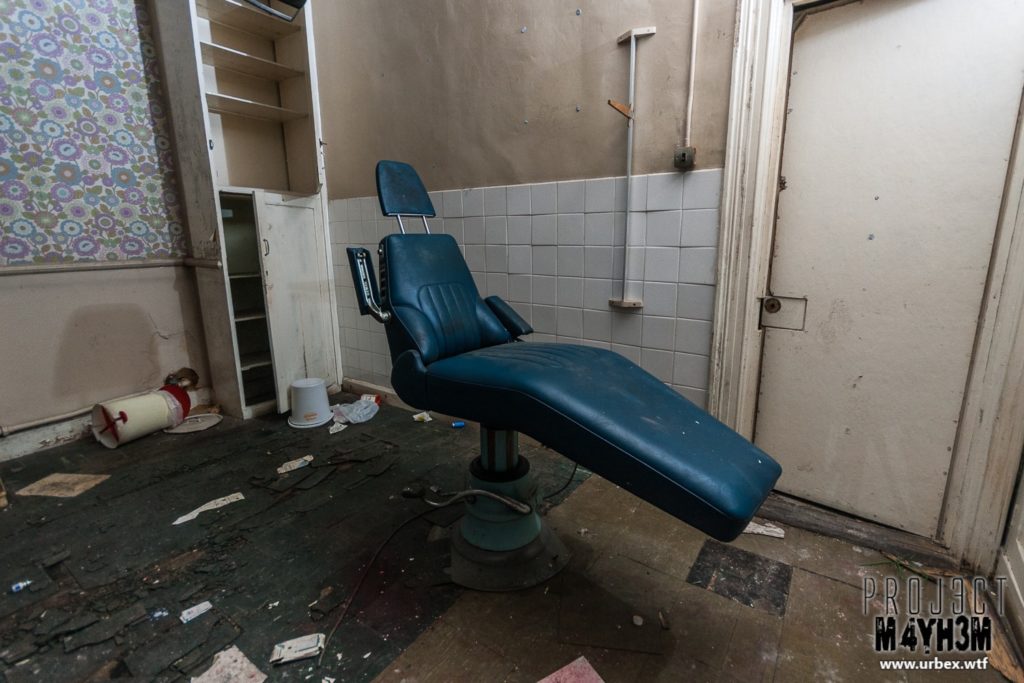




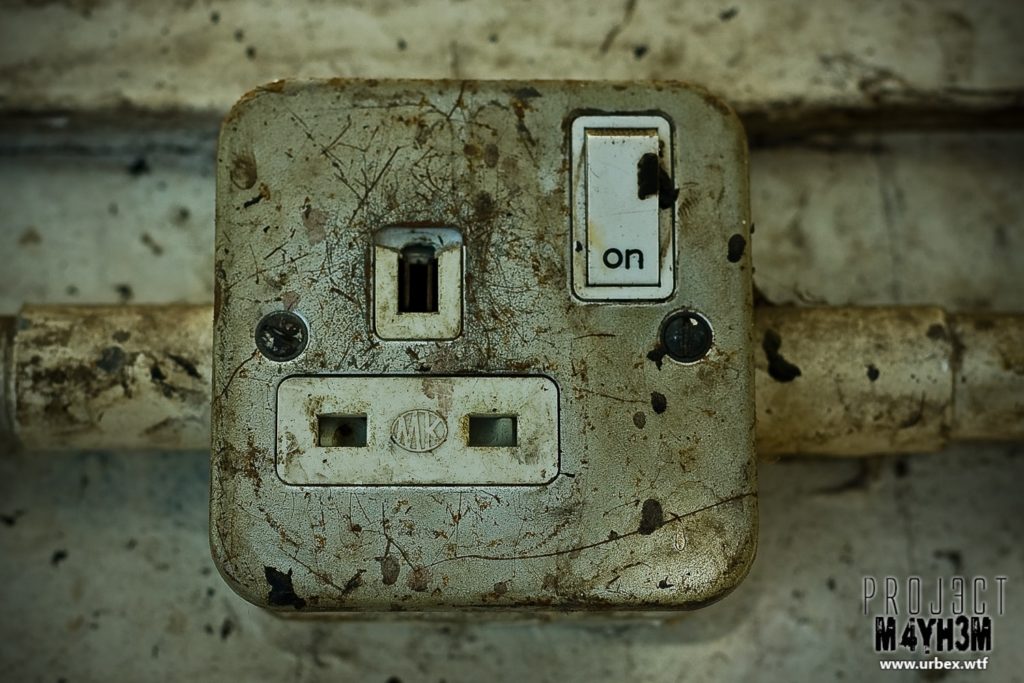

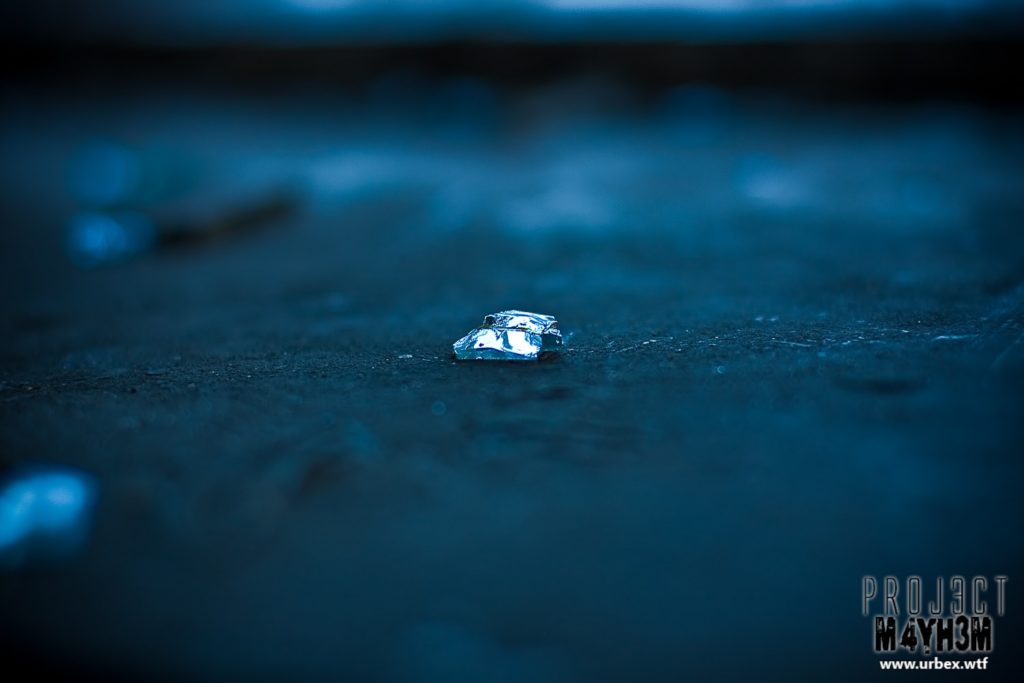


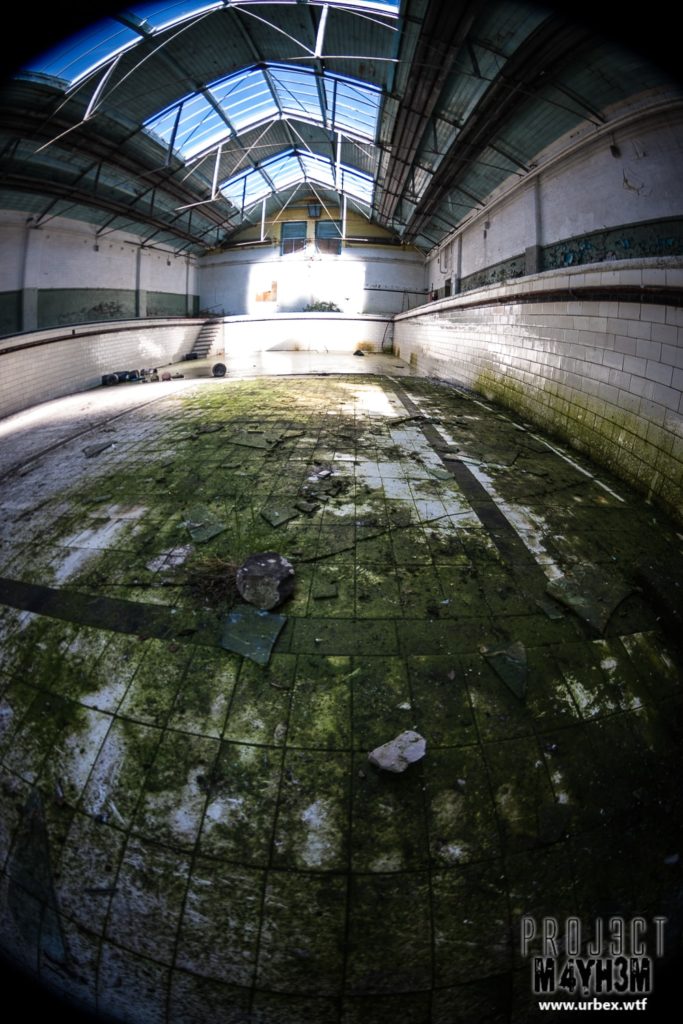
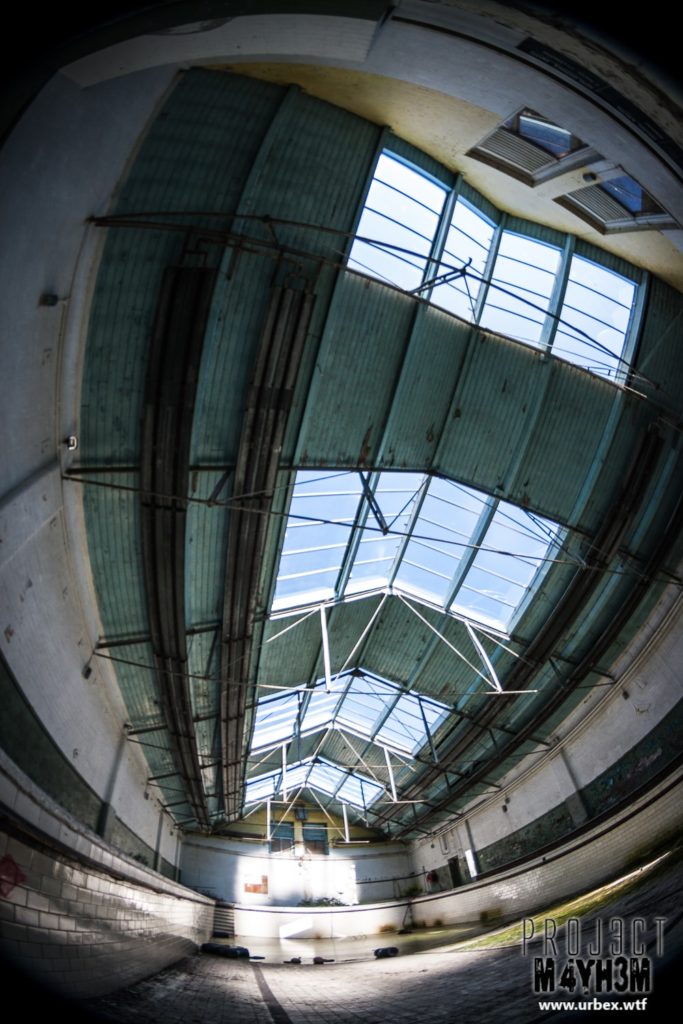
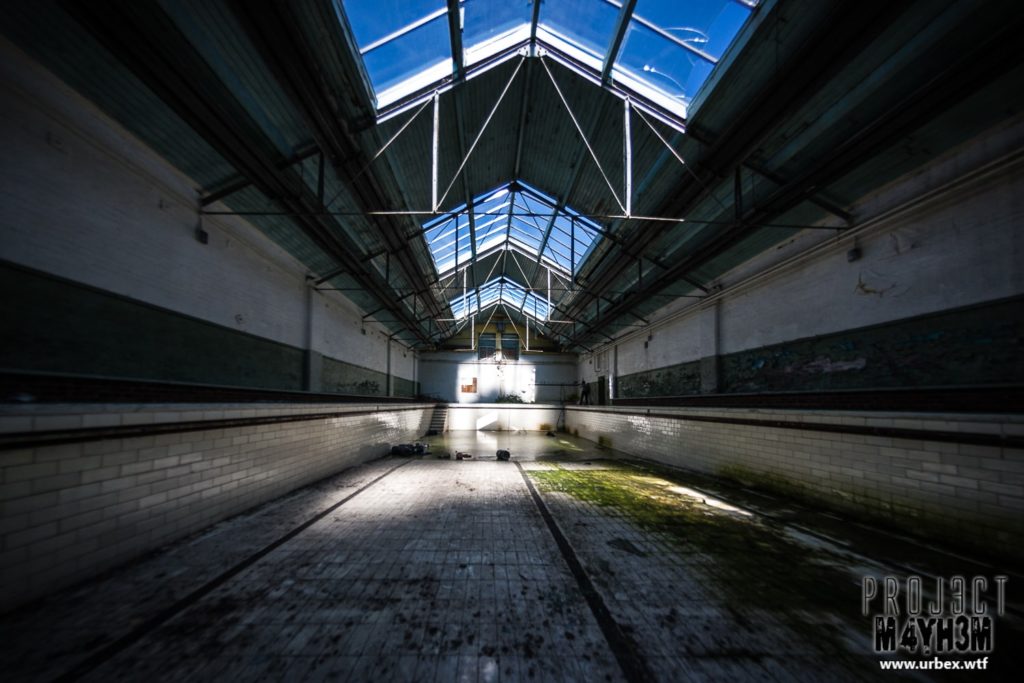


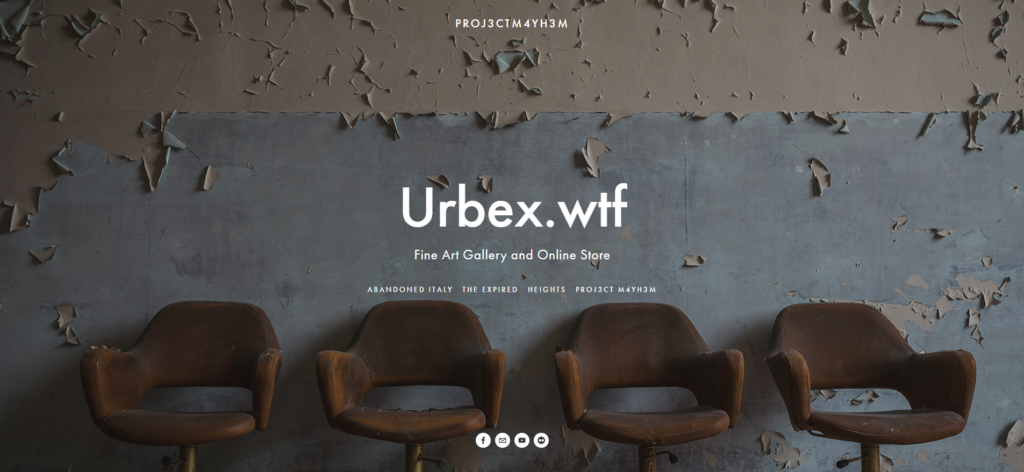



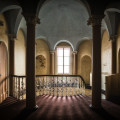
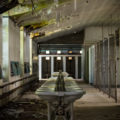

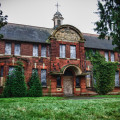



My name is mark Williamson I wos in Martin house in 1978 to 80 I’m from Sheffield I think I no George hollinshead get in touch I’m on face book
OK
Spent time there in the 70 lived in Martin house and worked on the farm anybody interested in a reunion I’m on face book
Hi Derek.. tried looking on facebook but theres loads of Derek goodalls I worked on the farm as well with the pigs in the farrowing pens also milking the cows .. staying up all night on my own looking after the new born .. all this was during the 60s proberly 66 67 was the decorating instructor still there Boss cartright.. I had some good times there..
Hi.. I was there in the 1960s I learnt a few trades there.. sign writing..decorating .. building.. farming lifestock.. army cadets.. band member (drummer).. loads..and loads.. happy times.. I wish someone would organise a reunion…